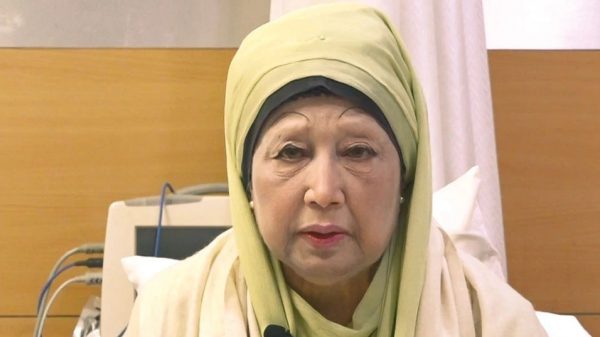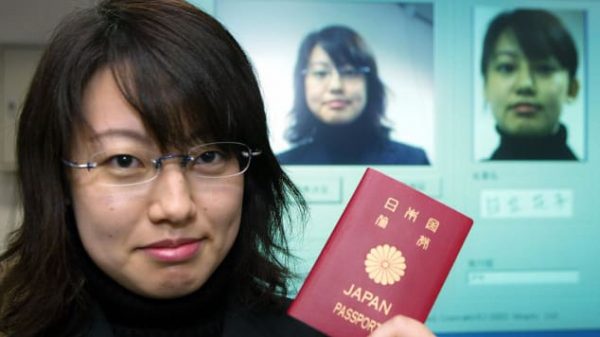How to save for home deposit: Ex Dominos worker reveals money-saving ‘system’ that made her a homeowner at 23

Shawdesh Desk:
Hannah Koumakis started saving for a home deposit from the young age of eight.
The New Zealand woman’s money-saving journey began in 2017 when her parents decided to give her $150 ($A140) pocket money every month.
WATCH THE VIDEO ABOVE: How woman saved her pocket money.
For more Lifestyle related news and videos check out Lifestyle >>
Rather than blow through all the cash she earned from completing daily chores, Hannah split the funds into four accounts: Long-term savings, short-term savings, spending and tithing to her church.
“Introducing you to the pocket money system created by my father… My parents wanted to teach us how to be really good with money,” Hannah, now 24, said.
“Instead of just buying us stuff that we wanted like a new Barbie doll or clothes, they taught us how we can do it.
“But we didn’t just get $150 per month to spend, no. We were taught the power of saving.”
A recent CommBank survey found that almost 80 per cent of parents in Australia give their children pocket money.
For kids aged between 4-6 years, the average amount per week is $7.17, while in the 7-9 years age bracket it drops slightly to $7.04.
At 10-12 years, the average increases to $11.37, and from 13-15 it goes up again to $14.11.
Growing up, Hannah and her three siblings – two older sisters and one younger brother – were each given $150 ($A140) pocket money.
They would put aside 30 per cent of their earnings into their long-term savings, which was basically a home deposit.
“So at the age of eight, I was saving for my first house,” Hannah said.
“I got so excited watching it grow in my bank account.”
As she comes from a Christian family, she contributed 10 per cent of her pocket money to the church, a practice known as tithing.
“So that gives us 60 per cent left. With that 60 per cent, did we get to use it? No, we still had to save,” she said.
She put another 30 per cent towards her short term savings.
“Our short term savings basically meant buying a big ticket item like a car so it was essentially a car account or a laptop account,” she said.
“So that brings us to a whopping 30 per cent of our income that we were allowed to spend.”
But Hannah still needed to be strategic with her hard-earned money.
“Bear in mind, we had to buy everything ourselves,” she explained.
“We had to buy our clothes. If we needed a new top, we had to buy it ourselves.
“Fortunately I was the third child so I had a lot of hand-me-downs but my sisters decided to make a bit of money from me and they’d sell me their clothes.
“My eldest sister found it the hardest because she had to buy new clothes herself.”
However, Hannah clarified that her parents paid for all their living expenses – groceries, food and bills.

When the siblings wanted to buy something they really wanted – including a new Barbie doll or movie tickets – they could only spend the money they saved in their “spending” account.
“We would never go to our parents and nag them,” Hannah explained.
“We would have to save ourselves. So my parents went from being, ‘No you can’t buy this’ to ‘Yes you can buy this but do you have enough money?’
‘Bang for my buck’
“We were not allowed to touch any of our other accounts so this meant from the age of eight, I was looking for sales and making sure that I could get more bang for my buck.”
And her savings didn’t end there.
“My dad instilled within us we had to keep a finance book,” she said.
“So now I document every single item I spend because they have been drilled within me for the past 15 years. I documented everything that I have ever bought over the past 15 years.
“Even when we’d find money like 10c on the ground, we’d write it down in our little finance book. This might seem like it’s OTT (over-the-top) but I think it’s great.”

Hannah said she was given pocket money up until she was 13.
“From 13 years old, we had to go out and make money elsewhere,” she said.
“So by the age of 14, I was making my own money through my first job…. I worked at Domino’s Pizza.”
Sense of independence
She said the money-saving system has given her a sense of independence to be able to make responsible financial decisions.
“It was the best system ever because now, I really understand and I have a great appreciation for money and how hard people work to buy the things that they can buy,” she explained.
Back in 2021, she managed to earn $30,000 in one year as a full-time student.
“It was through hard work,” she said.
“I was able to make $30,000 through pet sitting, babysitting, extras work (playing non-speaking roles in film and TV) and a part-time job at a small business, literally anything that actually requires you to get out and do work.
“It was definitely manageable and achievable.”
Her hard work finally paid off when she purchased her first home, an investment property, at the age of 23.























Leave a Reply